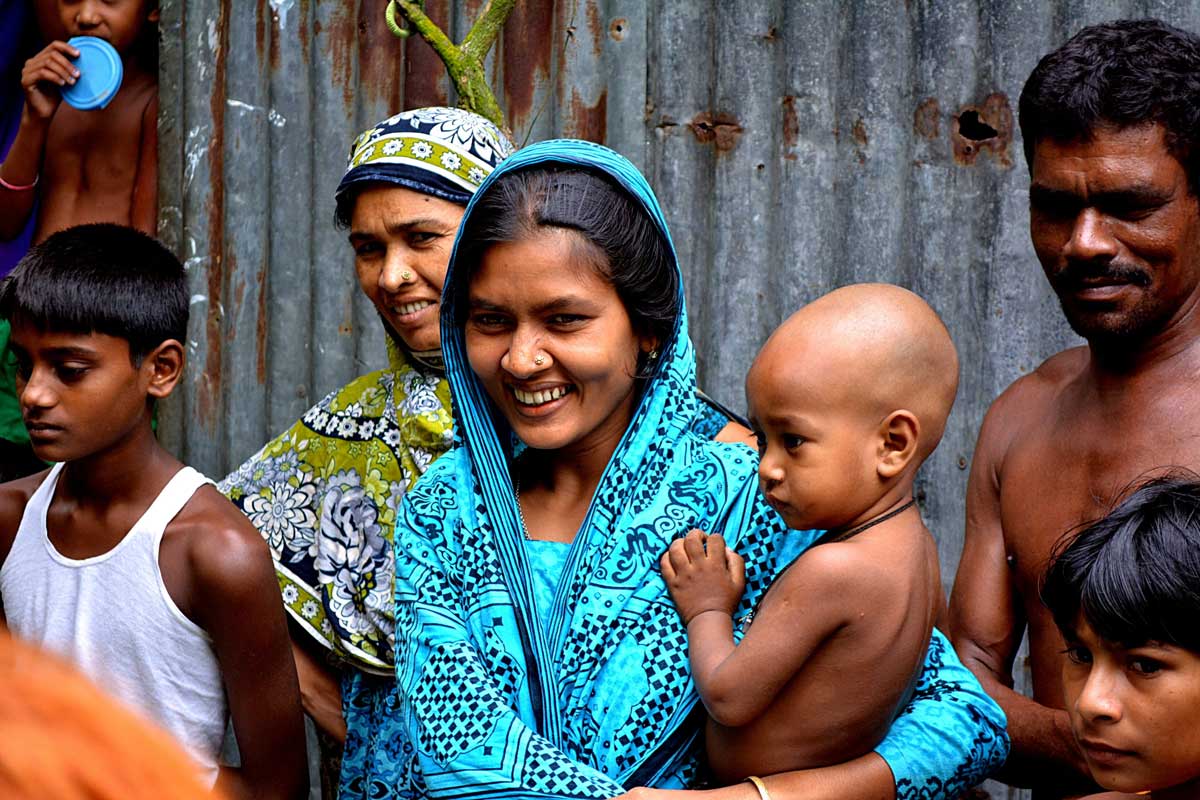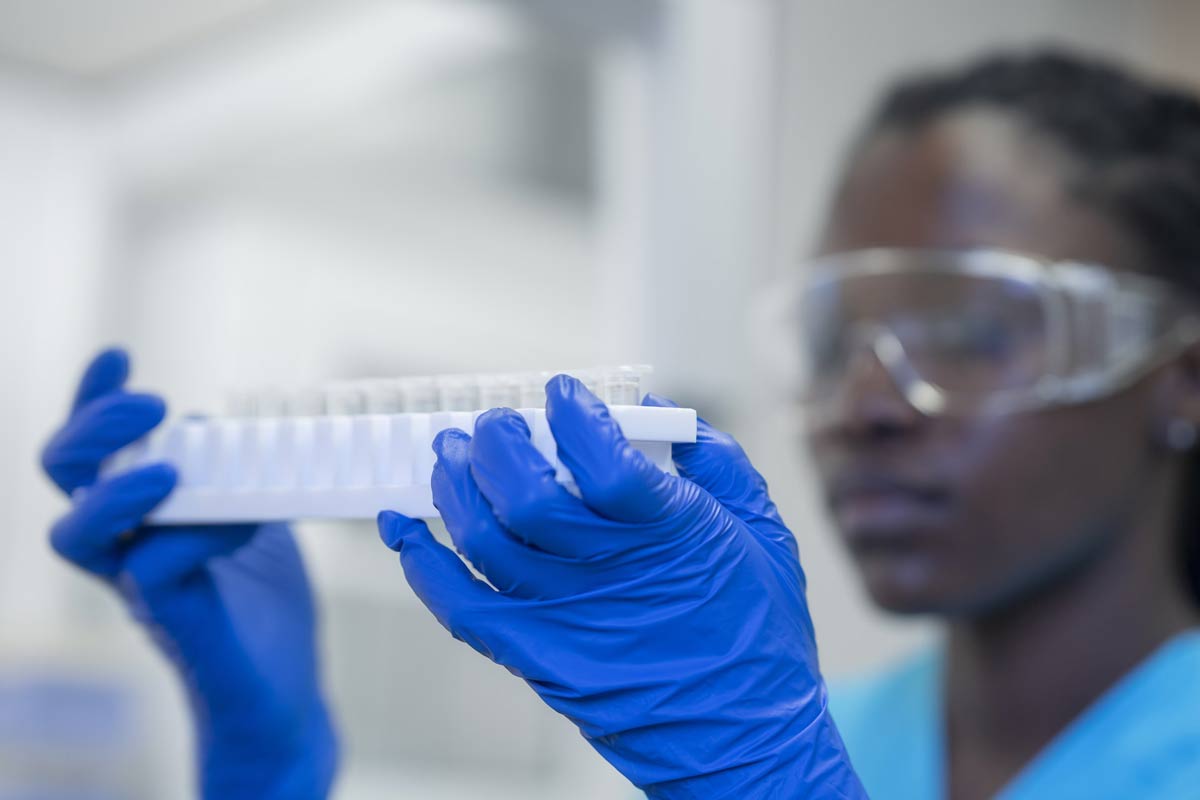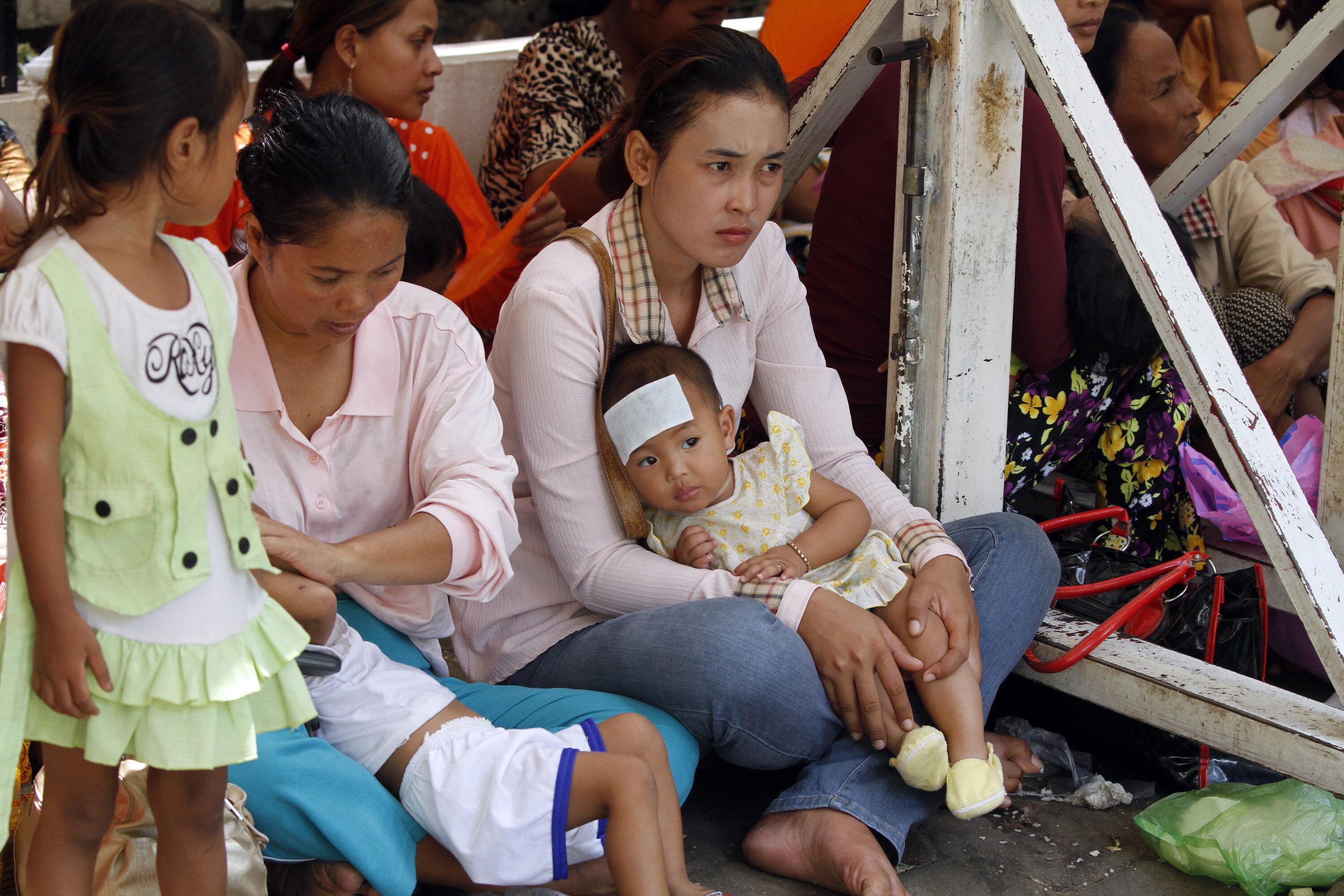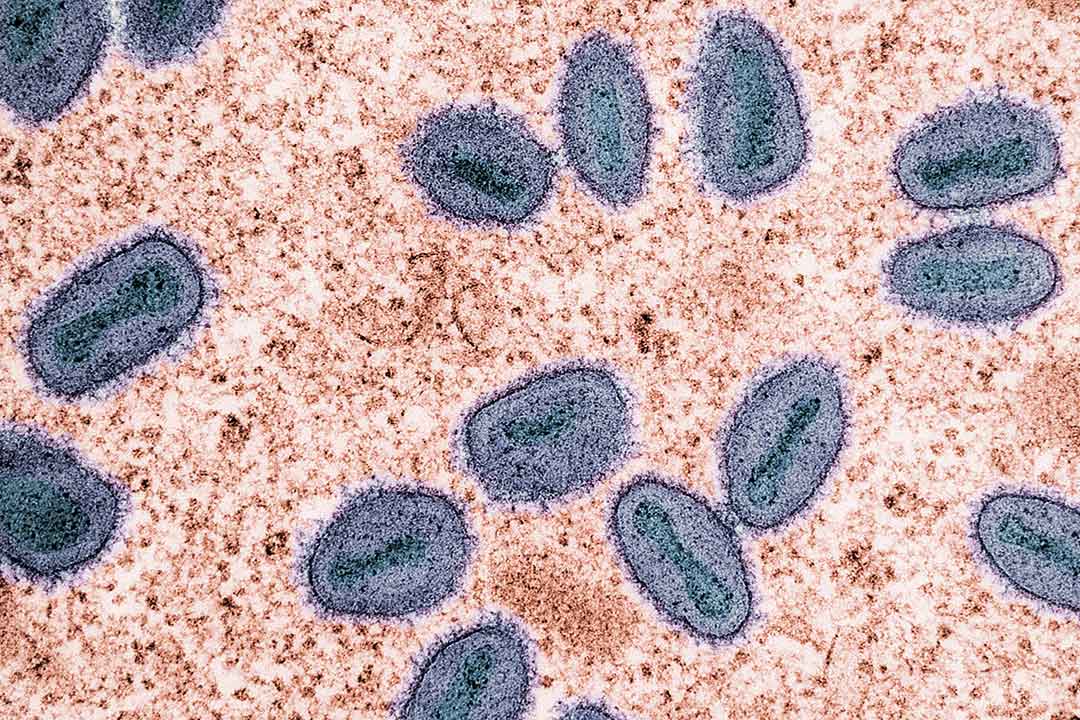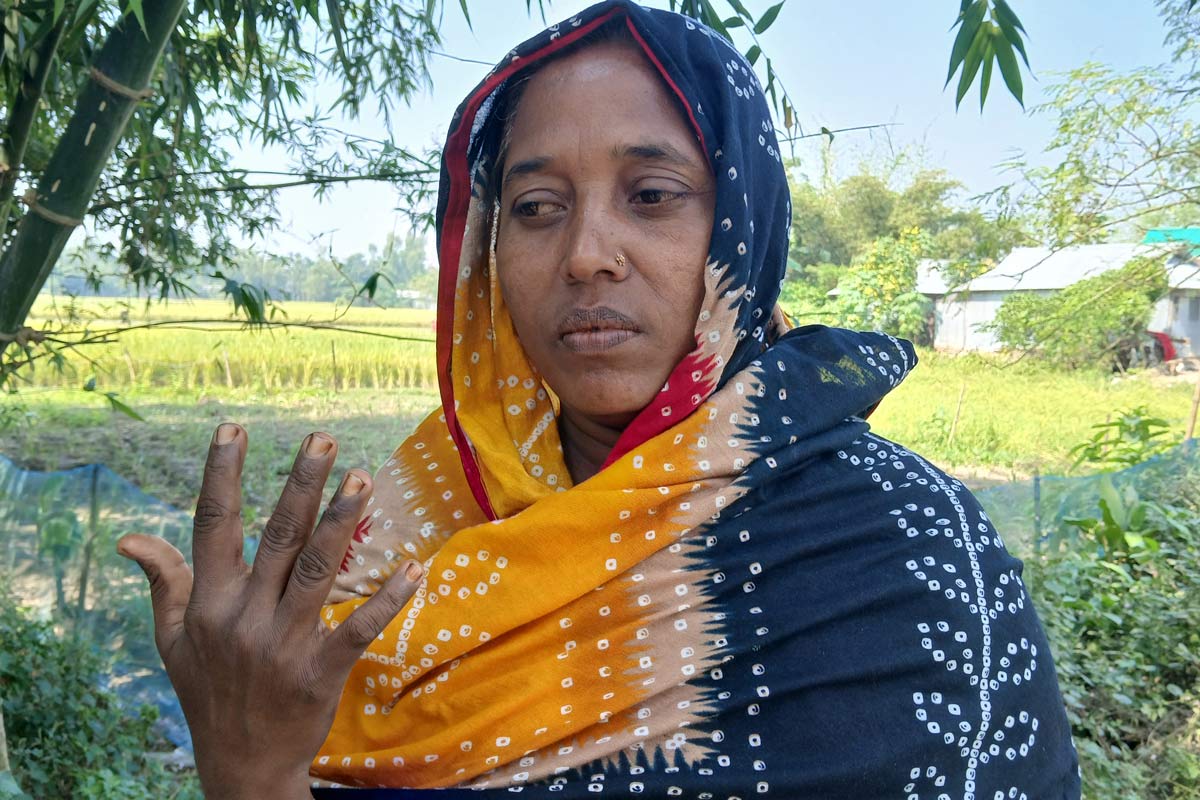Gene therapy: Why we need to accelerate global access to the world’s most expensive drugs
Gene therapy has the potential to address the root causes of many diseases but we need to act now to build capacity and improve access in poorer countries.
- 24 October 2022
- 5 min read
- by World Economic Forum

More than 110 years ago, a Chicago doctor observed thin, elongated red blood cells in a patient suffering from episodes of severe pain. This was the first documented report of sickle cell disease. A century later, there is no widely available cure, but gene therapy, one of the fastest growing areas of medicine, is on course to change this. Now the question becomes, when a cure is found, who will benefit?
The ability to make precise changes to the human genome offers a chance to address the root cause of dozens if not hundreds of diseases, but many worry that the transformative potential of these therapies will remain siloed to high-income countries.
A new white paper from the World Economic Forum, Thunderbird School of Global Management and Sandra Day O’Connor College of Law at Arizona State University describes what it will take to make gene therapies a reality in low- and middle-income countries (LMICs) by analyzing six countries actively pursuing gene therapies and highlighting the champions leading these efforts.
Gene therapy is at an inflection point. Decades of exploratory research have laid the foundation for powerful new technologies leading to an exponential rise in new gene therapies. In mid-2022, there were more than 2,000 gene therapies in development worldwide targeting dozens of therapeutic areas, including cancer, neurological, blood, immunological, cardiovascular and infectious diseases.
This growing list is translating into economic opportunities as the gene therapy market is forecast to increase from $5.33 billion in 2022 to $19.88 billion by 2027. But the positive health and economic outlook for gene therapies is tempered by significant barriers to access.
Unequal access to gene therapy across the world
Gene therapies are the most expensive drugs in the world. In 2022, a gene therapy for beta thalassaemia, a rare blood disorder, received regulatory approval in the US with a projected price tag of $2.8 million for a one-time infusion. This record was short-lived as a month later, a gene therapy for a rare neurological disorder was priced at $3 million per treatment.
While prices remain high for now, technological innovation, corporate competition and new payment models are expected to lower costs and improve access to gene therapies in high-income countries. This is not the case for LMICs.
Have you read?
The complex equipment, expert personnel and mature regulatory environments necessary to develop, test and administer gene therapies are largely insufficient or absent in low- and middle-income countries. This is partially why, in August 2022, there were approximately 1,000 open gene therapy clinical trials globally, yet fewer than 5% were recruiting in LMICs (not including China), with only four trials in Africa. Under this current trajectory, supply will never reach demand.
More than 300,000 babies are born each year with sickle cell disease, with nearly 75% of these births in sub-Saharan Africa and almost 17% in the Arab-India region. As for HIV, in 2018, more than two-thirds of people living with HIV lived in Africa, and of those almost one third live in South Africa. Addressing these enormous health burdens will require improved screening and better primary care, but emerging curative therapies should also be part of long-term strategic plans.
Majority of world excluded from modern medicine
The narrative that new healthcare technologies are unsuitable for LMICs is a long-standing rationale for excluding a majority of the world from the benefits of modern medicine. The new white paper highlights several doctors across Africa and Asia who are determined to disrupt the prevailing global health paradigm, not waiting for market forces to make gene therapies in LMICs a possibility but ensuring that they become an inevitability.
To understand the unique barriers hindering low- and middle-income countries from entering the global gene therapy market, the white paper examines five LMICs that are actively pursuing gene therapies – Uganda, Tanzania, South Africa, Thailand and India. Collectively, these countries are targeting a broad spectrum of diseases – HIV, sickle cell disease, beta thalassaemia, haemophilia, hepatitis B and select cancers.
Analysis of these countries revealed seven critical areas of infrastructure necessary for sustainably supporting the long-term development and delivery of therapies in LMICs – research and development (R&D), health facilities, manufacturing, workforce, community engagement, policy and regulation, and finance.
The report breaks down these complex and interconnected areas, providing a resource for government leaders looking to build gene therapy roadmaps that fit their economic, health and political realities.
LMICs advancing gene therapy would have global benefits
Enabling LMICs to enter the gene therapy global market will benefit patients worldwide. Supporting domestic R&D, local manufacturing and clinical testing fit for LMIC health systems will lead to lower costs and increased competition, but this is a long road. Developing, testing and approving gene therapies suitable for LMICs will take decades, making now the opportune moment to build capacity in countries where disease burden is highest.
Achieving this goal will require new research and financing models that cater for low-resource settings and are unconstrained by profit-maximizing paradigms. This can be made possible through public-private partnerships, commitment from LMIC governments, engagement with patients and communities, and international collaboration led by groups like the Global Gene Therapy Initiative.
Global funders like PEPFAR and the Global Fund to Fight AIDS, Tuberculosis, and Malaria will play vital roles in supporting gene therapy for disease-specific uses, while also equipping health systems more broadly to deliver advanced therapies. The white paper adds to the growing movement eager to bring the benefits of gene therapy to millions of people around the world.
Written by
Shyam Bishen, head, Shaping the Future of Health and Healthcare, Member of Executive Committee, World Economic Forum
Kevin Doxzen, hoffmann Fellow, Precision Medicine and Emerging Biotechnologies, World Economic Forum
Website
This article was originally published by the World Economic Forum on 21 October 2022.

